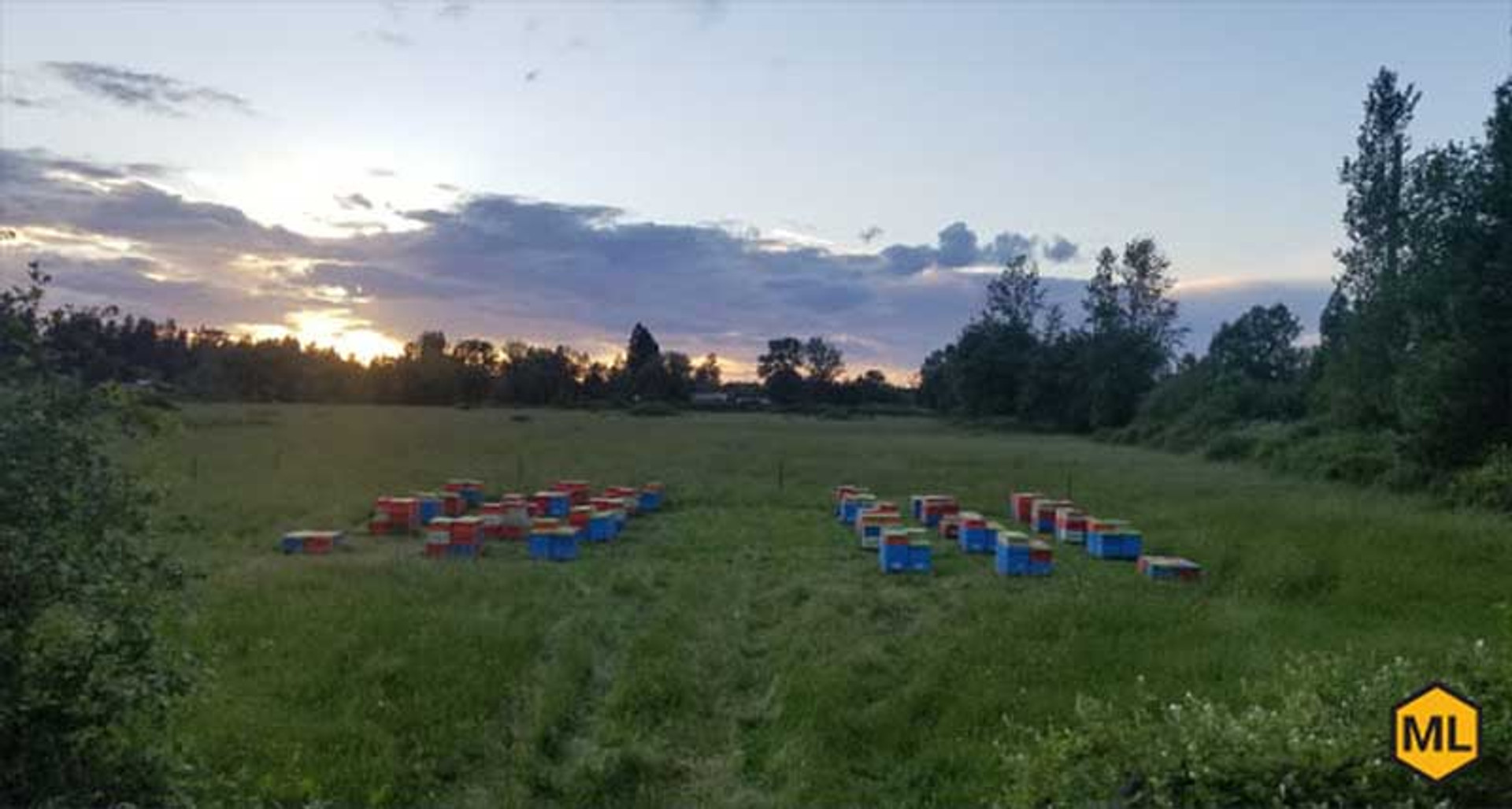4 Safety Tips For Moving Beehives
There are many reasons why beekeepers move their hives. If you’re moving to a new home, doing some landscaping work, or you simply wish your bees were in a better location, it’s important to know how to successfully relocate your colonies. Bees are creatures of habit, so if you don’t take care of them—and yourself—during this disruptive time, you can run into problems down the road. For the well-being of both you and your bees, here are our safety tips for moving beehives.
Bee Memory
When it comes to your bees’ health, one of the most important safety tips for moving beehives is to move it less than three feet or more than three miles. This is because bees orient themselves to their hive’s location. If their new hive is in a familiar place but hard to find, they’ll likely just return to their original location or another nearby hive.
Timing
No matter where you’re moving your bees, it’s important to time the journey right. Move your hive after dusk or at night. This way, most of the bees have returned to the hive for the day, which means you’re less likely to leave stragglers behind. This is especially important in the summer, when higher temperatures can lead to your bees overheating inside their hive. If it’s hot, be sure to block your hive’s entrance with mesh or another material that allows for ventilation.
You can also relocate a hive in the winter, but you should take extra care not to jostle the hive during the move. Bees form a cluster within the hive in order to keep warm, and too much movement can cause them to fall from the cluster and freeze.
Short Distances
If you plan to move your hive a short distance, you’ll need to do it in small increments to give your bees time to reorient themselves to their new location. Wear protective gear and enlist a friend or two to help you lift the hive. You don’t have to completely strap down the hive, but it’s a good idea to double-check that the beehive frames and lid are secure. You can also block the entrance of the hive—just make sure the hive won’t overheat when you do so.
Long Distances
When you move your hive over three miles away, you’re far enough from your bees’ original flying range that they are forced to start fresh and reorient themselves. This means you don’t have to worry about bees getting lost or joining new colonies. However, longer journeys are far more disruptive for your bees.
To make it as stress-free as possible, put up your hive stands ahead of time and make sure your transport vehicle is in good shape and full of gas so you can minimize stops. Be sure to secure the hives so there’s as little movement and jostling as possible.
To make the journey as safe as possible, it’s essential that you have all the right beekeeping equipment in order. If you’re in need of bee hive frames, for instance, look no further than Mann Lake.

